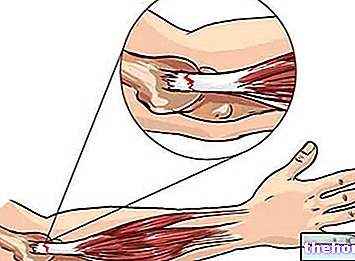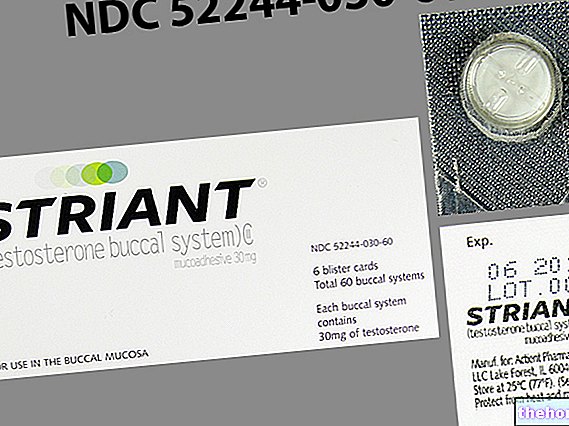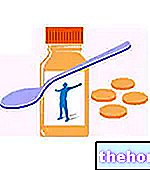There are two types of barriers at the central nervous system (CNS) level. The first is the BEE (Blood-Brain Barrier), which prevents the substances present in the arterial blood from passing into the cerebral extracellular fluid, thus reaching the nervous tissue. The second is the blood-liquor barrier, which prevents the passage of substances from the cerebral capillaries of the arterial type to the cerebrospinal fluid. The latter is produced in the chorioid plexuses and the blood capillaries that reach the level of these plexuses can release substances into the ventricle where the cerebrospinal fluid flows. The barrier that must be crossed by the drug is represented by two membranes, the first is the endothelium of the cerebral capillary and the second is the epithelium of the chorioid plexus. If the drug contained in the blood manages to reach the CSF, it is transported throughout the CNS, because the CSF bathes the entire spinal cord and all the cerebral hemispheres.The CSF flow is unidirectional (it cannot flow in the opposite direction) and flows from the production area to the elimination zone which would be the arachnoid villi.
These two types of barriers have different permeability and it is much easier to cross the blood-liquor barrier than the blood-brain barrier. The substance can pass directly to the BEE if it has specific characteristics, but remember that the BEE is very selective and allows only essential substances or metabolites to pass, blocking all other substances as a result. If the active principle fails to pass the Blood-Brain Barrier, it takes a secondary road which consists in "crossing the Blood-Liquor Barrier. Since this passage is much easier, given the greater permeability, once the substance is in the liquid. cerebrospinal fluid can reach the extracellular fluid of the nervous tissue and finally arrive at the neuron Passing the Blood-Liquor Barrier first and then reaching the Blood-Brain Barrier is therefore a much longer but easier solution.
The substance that has performed its function in the nervous tissue is then eliminated thanks to the main elimination pathways.
The function of these barriers is a selective permeability interface, therefore it allows the passage of certain substances and blocks the passage of others. The effectiveness of these barriers depends on the maintenance of the morphological and functional characteristics of the cerebral capillaries and on the maintenance of the biochemical and biophysical characteristics of the solute. As mentioned above, the substances that can pass are represented by those metabolites that are indispensable to our organism; vice versa, the passage to all those toxic substances is prevented (a separate discussion for those of abuse). Among the substances indispensable to our organism we remember the neurotransmitters, which however are unable to pass these barriers because they are mostly polar molecules. it is solved thanks to the precursors of neurotransmitters, which are able to pass these barriers very easily and reach the CNS, where there will be the real synthesis of neurotransmitters. For toxic substances, it is good to remember that not all are blocked; this is the case of below remember drugs of abuse, which have an "ele vata lipophilia and as such they are able to cross these barriers without problems (both the BEE, the blood-liquor barrier and the placental barrier).
Substances that manage to pass the barriers must have specific characteristics such as:
- Low PM (the smaller the molecules, the more they can pass);
- High lipophilicity;
- Plasma protein binding;
- The drug must be in free form;
- Stereospecificity (because the transport is mediated by carriers).
The CTZ (chemioreceptor trigger zone) is the "Achilles heel" of the blood-brain barrier, because it is a point where the barrier is not selective enough. In this zone the barrier is more permeable and can be crossed by many substances, such as for example the antiemetics that reach the vomiting center very easily. The integrity of the barrier is influenced by the age of the individual and by some pathological states, such as inflammatory processes in meningitis, trauma and tumors. In a newborn or a child, BEE is very permeable (it can cause bilirubin-induced nuclear jaundice), while in inflammatory processes due to meningitis the penicillin (antibiotic) has greater effect because the blood-brain barrier is less selective. The reduced selectivity of the Blood-Brain Barrier is due to the inflammatory state caused by the bacterium responsible for meningitis.
Other articles on "Central Nervous System Barriers"
- Distribution of a drug
- Placental barrier























-nelle-carni-di-maiale.jpg)




